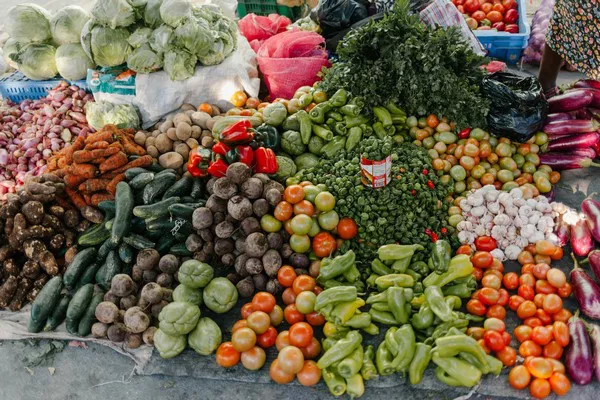Farmers and fishermen in the United States are witnessing a summer of extreme climate events that are profoundly impacting food production and agriculture. From withering wheat crops to stressed pollinators, the consequences of searing heat are reshaping the country’s agricultural landscape.
Across the Midwest, farmers are bracing themselves for temperatures that could soar to 115°F (46°C) as a heat dome envelops the region. This extreme heat comes on the heels of a challenging growing season characterized by fluctuating conditions, including drought and unseasonably heavy rainfall. The relentless heatwave poses a significant threat to crops already struggling to thrive.
Describing this summer as exceptionally hot would be an understatement. According to NASA scientists, July marked the hottest month ever recorded. Off the coast of Florida, surface ocean temperatures surged beyond 101°F, resulting in coral reef bleaching. In Arizona, Phoenix residents endured an unprecedented 31 consecutive days with temperatures above 110°F. Even airborne creatures like birds found it difficult to cope with the scorching heat.
The sweltering summer and its far-reaching effects highlight the growing concerns surrounding climate change and its impact on the agricultural sector. Farmers, who rely on stable weather patterns for successful crop yields, are grappling with increasingly unpredictable conditions that challenge their ability to feed the nation.
As the world witnesses these dramatic shifts in weather patterns, it underscores the urgent need for climate resilience and adaptation strategies in the agricultural industry. Farmers are left to navigate the complexities of a changing climate while striving to maintain food security for the nation.

